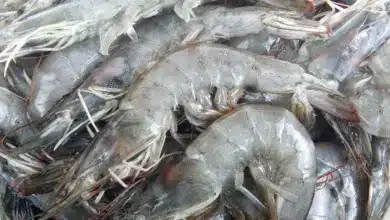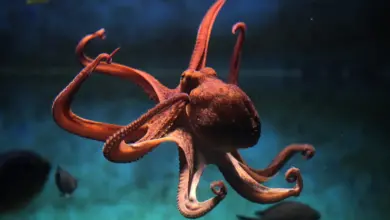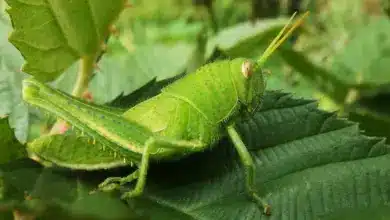10 Armadillo Predators: What Eats An Armadillo?
What Eats An Armadillo?
We look at some of the deadliest Armadillos predators in this article
The word Armadillo means “little armored one” in Spanish. This little mammal from the Dasypodidae family is born with body armor to protect itself!
An armadillo’s armor is made of overlapping plates that protect its head, back, legs, and tail.
Armadillos can vary in size between six inches to five feet, depending on the species.
There are about 21 known species, the more common ones being wild armadillos, pink fairys, and nine-banded and three-banded armadillos.
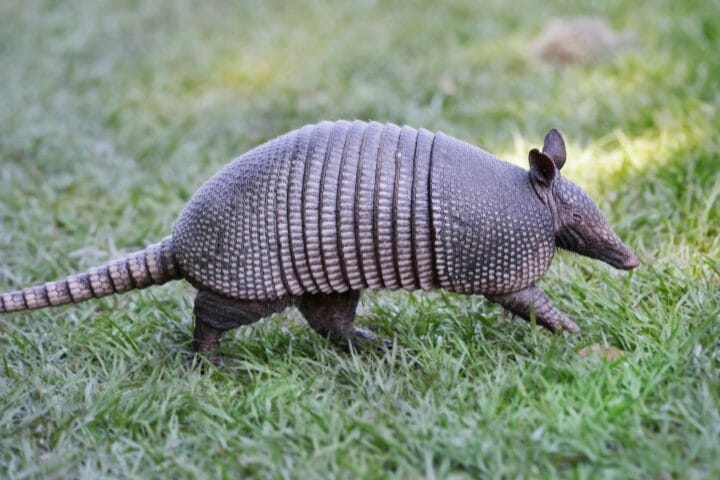
Despite their armor, Armadillos have many predators, such as bobcats, cougars, raccoons, bears, wolves, and also some large hawks.
However, their primary predators are coyotes.
Armadillos are also treated as food by some communities. Their meat is consumed in Mexico, Central, and South America.
Armadillo meat is sometimes used as a substitute for pork.
Armadillo Facts
Armadillos are fascinating little armored mammals with plenty of surprises stored in their existence. Let’s take a look at some of these!
- They sleep for up to 16 hours every day! Armadillos are nocturnal animals and spend their nights hunting, foraging, and mating. Hence they spend their daylight hours sleeping inside their burrows.
- Armadillo shells were used to make charangos, a musical instrument integral to traditional Andean music.
- Their excellent swimming skills and ability to hold their breath for 4-6 minutes helped them expand their habitat range.
- The screaming hairy armadillo species screams alarm-like sounds to scare off predators. This species is found in Bolivia, Chile, and Argentina.
What Animals Eat Armadillos?
Armadillos have several predators, from coyotes to mountain lions to even some larger hawks, but sadly one of their biggest threats is humans. Let’s take a deeper look at these predators.
Coyotes eat Armadillos
Coyotes are animals of the Canidae family and share similarities with dogs, foxes, wolves, etc. They can be up to 4.5 feet in size from head to tail.
These animals have a keen sense of sight and smell compared to armadillos, which enables them to hunt through thick vegetation.
They can also run at about 35-43 mph, making them fast enough to hunt their prey. Coyotes are not picky eaters and hunt whatever is available to them in a certain region.
However, when threatened, they can also take down bigger animals like deer when hunting in packs.
Their ability to see and hear well, run quickly, and willingness to eat whatever is available makes them one of the biggest predators of armadillos.

Do Wolves eat Armadillos?
Wolves are carnivorous animals who primarily hunt hoofed mammals like deer, oxen, and elk. However, if they see an armadillo, they will go after it.
They may prey on baby nine-banded Armadillos, who have a softer underdeveloped shell compared to the adults.
These wild canines can run up to 40 mph and efficiently catch their prey. Wolves are also nocturnal predators, so they are likely to come in contact with armadillos at night, making them potential predators.
Cougars eat Armadillos
Cougars are big cats found across North, Central, and South America. These nocturnal big cats are ambush predators and will stalk their prey through bushes before going in for the kill.
They generally hunt mountain goats, wild sheep, and other hoofed animals.
But a hungry cougar may also attack less desirable prey like armadillos, porcupines, squirrels etc.
Cougars are not picky eaters and will hunt on whatever is plentiful in their region.
Cougars and armadillos are spread across the same areas and are out to hunt during the same nighttime hours.
This overlap in their habitats makes armadillos plausible prey for them.
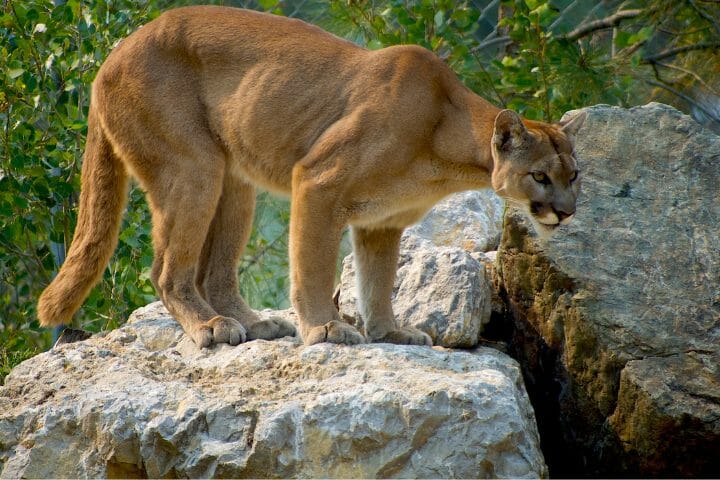
Do Bobcats eat Armadillos?
Bobcats are also among the known predators of armadillos. They are medium-sized cats from the family Felidae and are named after their short and spotted tail.
Bobcats stand at 21 inches and can grow to be 50 inches long. These felines are natural-born survivors and scavengers.
Their usual diet is rabbits and hares. They may also attack rodents, birds, and rarely deer when food is scarce.
Bobcats also stalk their prey before attacking and are very patient predators. They also hunt during the night and hence might attack armadillos for food.
Do Foxes hunt Armadillos?
Yet another member of the Canidae family, foxes, can also attack and hunt armadillos. Foxes are omnivores and feed on both plants and meat.
Foxes are light mammals because of their small size and can run up to a speed of 45 mph. A fox’s diet mainly consists of small animals like lizards, mice, and rabbits.
But being opportunistic hunters, they will feed on whatever is available to them. Foxes may hunt during the day but are more active during nighttime.
Hence it’s no surprise that they’re one of the armadillo’s prime predators.
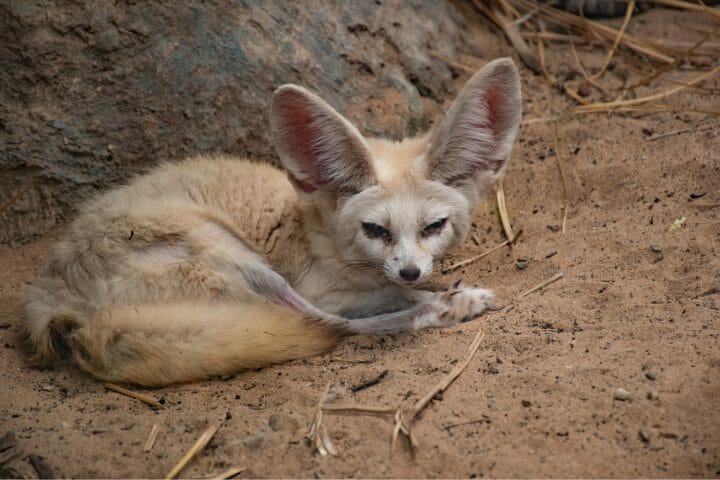
Black Bears eat Armadillos?
From the known species of bears, black bears prey on armadillos. Barring pandas and polar bears, all other species are omnivores, meaning they feed on vegetation and meat.
Bears have an excellent sense of smell which they use to do most of their hunting. These adult mammals can be around 50-80 inches long, with males being larger than females.
Because black bears spend half a year hibernating, they build up their fat reserves during summer and spring.
Their diet consists of high fat, proteins, and sugar, which they get from feeding on berries, nuts, insects, and animals like armadillos, beavers, coyotes, etc.
Bears might look clumsy, but they are fast predators and can effortlessly chase their prey through dense foliage.
Raccoons prey on Armadillos
Raccoons are fuzzy creatures as big as small dogs. These bushy-tailed creatures are omnivorous and survive on both meat and vegetation.
Raccoons are known predators of armadillos. They are intelligent and curious creatures with highly skilled limbs. Their front legs act as thin hands, and the hind legs are thicker and longer, which enables them to attack armadillos.
A raccoon’s diet depends on its environment, and it usually feeds on berries, fruits, rodents, insects, etc. You can find them attracted to garbage cans scouring for food in urban settings.
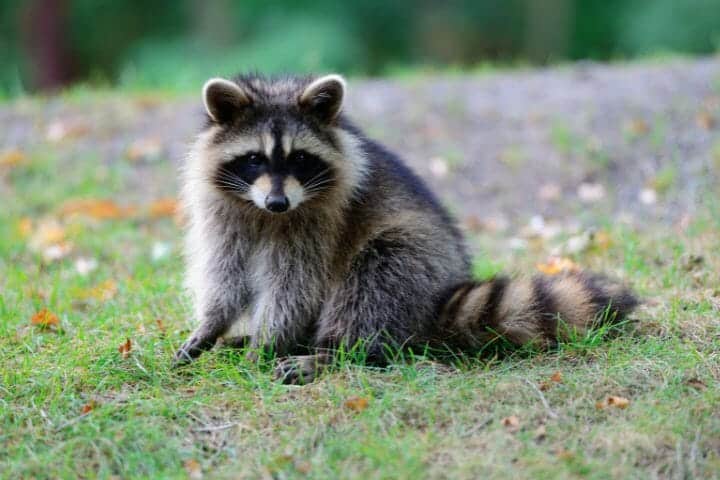
Do Hawks eat Armadillos?
Hawks are known to be fierce predators, much like their terrestrial counterparts. With their ultra-sharp vision and advantage of height, they can quickly pounce upon prey they spot and hunt it.
Some hawks are capable of diving at a speed of 150 mph. This, combined with their pointed beak and visual acuity, makes them sharp predators.
Hawks tear the prey into pieces once they have captured it firmly, preventing its escape. Hawks usually prey on baby armadillos that have softer shells.
Eagles prey on Armadillos.
Eagles are birds of prey that have over 60 different species. Most eagles are large and sized between 24-36 inches.
The American Harpy Eagle is the largest of them all. Eagles can prey on other birds, reptiles, rodents, and mammals, depending on their species and environment.
Eagles are one of the prime predators of armadillos. Eagles dive at a gradual incline to capture their prey and take flight on picking it up.
The prey can sometimes weigh half as much as the Eagle. They use their pointed, hooked beak to tear the prey apart.

Can humans eat Armadillos?
Yes. Armadillos are consumed as food by some communities in Central and South America, thus making humans another one of their predators.
Armadillo meat is often considered an acceptable substitute for pork, chicken, and beef. However, studies warn against consuming armadillo meat because they are known carriers of leprosy.
Additionally, an armadillo’s armor is no protection against speeding cars, and they often end up as roadkill.
Human interference in any animal community significantly impacts its population and life.
All animals are hunted by humans for various reasons, from food to obtaining valuable products produced by them. Armadillos are no different.
What Does An Armadillo Eat?
Armadillos are omnivorous creatures. They consume both plants and meat. However, more than 90% of their diet comprises insects and their larvae.
They feed on spiders, scorpions, earthworms, and, to a lesser extent, on lizards, snakes, tiny frogs, and sometimes even the eggs of these animals.
Armadillos also dig through the soil to forage for food and feed on ants, termites, beetles etc. They may also feed on plant material and fruits such as berries or tender roots.
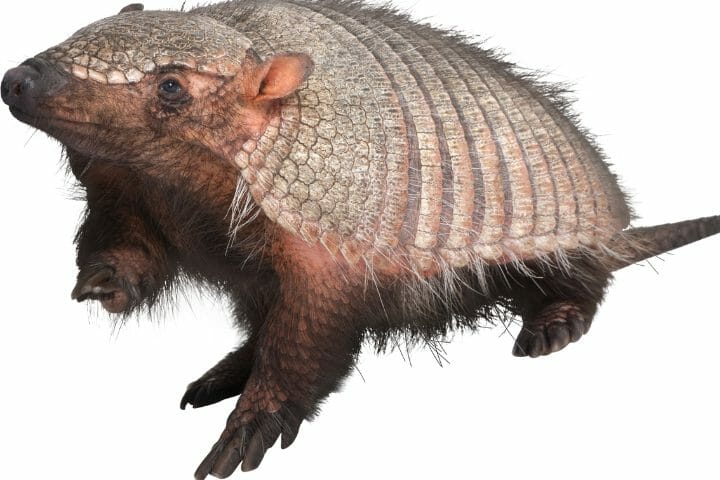
Frequently Asked Questions
What kills an armadillo?
Humans are also on their list of predators because some communities consume armadillo meat as food. Moreover, they often get run over by vehicles on the road.
What eats armadillos in the savanna
What will run off armadillos?
They might curl into a ball of their shell to protect themselves or dig deep into their burrows. If you find armadillos in urban areas destroying your lawns, you can use castor oil to repel them.
How do you get rid of armadillos permanently?
You could also electrify your fence or put in ground fencing around plants to block them from getting to the food sources.
You could also use castor oil-based repellent to keep them away. The smell of castor oil makes the food unappealing to armadillos.
Other Armadillo Articles
Armadillos are fascinating creatures, and their armored shells are only one of the many unique things about them. You might like to read some more amazing facts about them in our articles below.
- Armadillos are known for their bony armor that protects them from predators. But are their shells bulletproof?
- You may be surprised to know that despite being born with an armored shell, many species of Armadillos are endangered.
- Armadillos are known carriers of leprosy. Here’s what you need to know everything about these transmitters of leprosy.

Wrap Up
Armadillos are well known for their protective armor. One can distinguish between their species by observing the rings on their shell.
Armadillos are nocturnal animals and feed on ants, termites, spiders, fruits, and other vegetation.
The nine-banded armadillo is the most commonly found species in the United States. Several predators, primarily coyotes, hunt them.
Thank you for reading.


